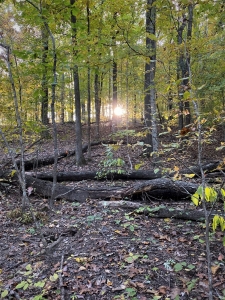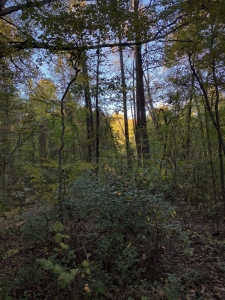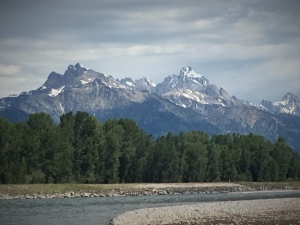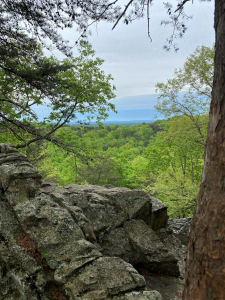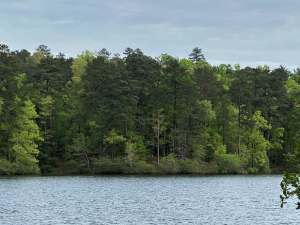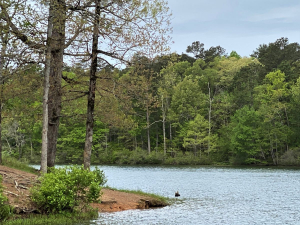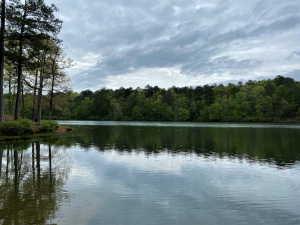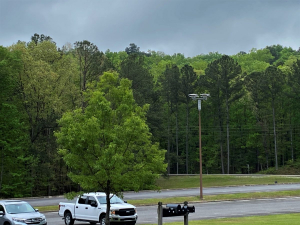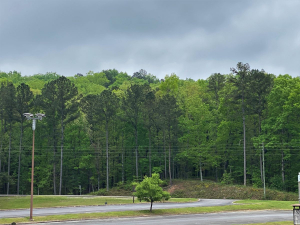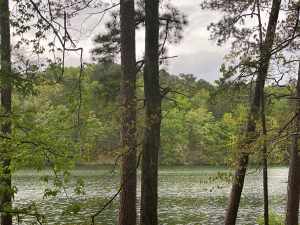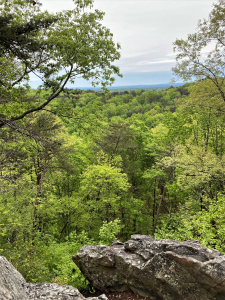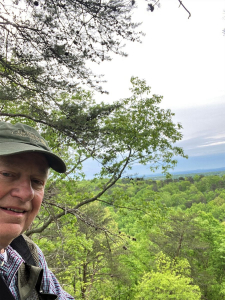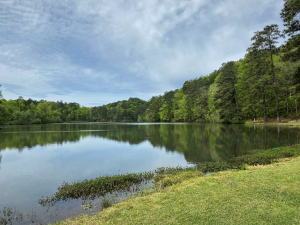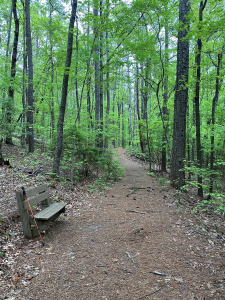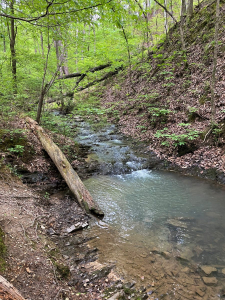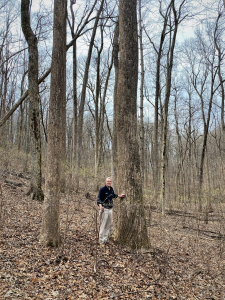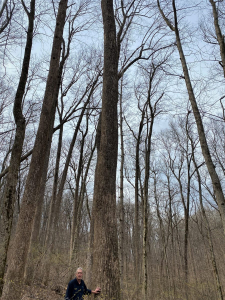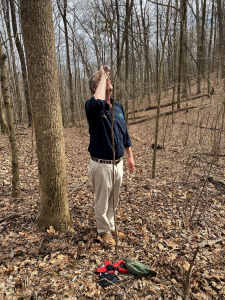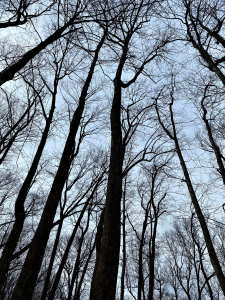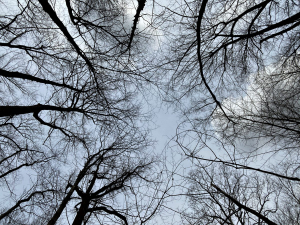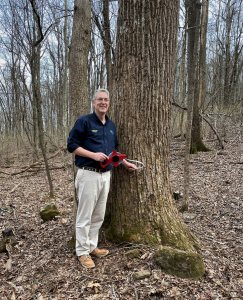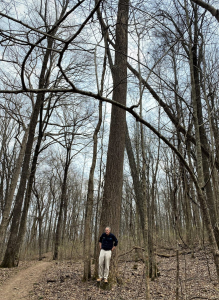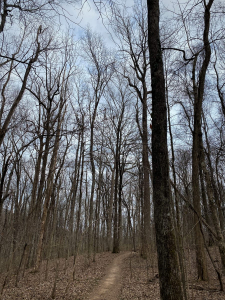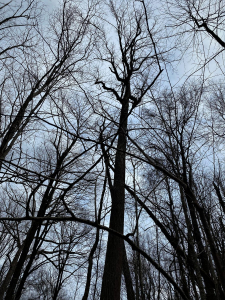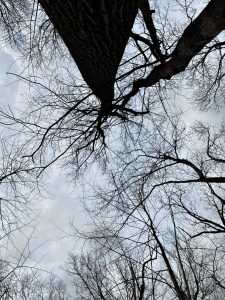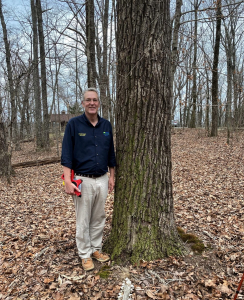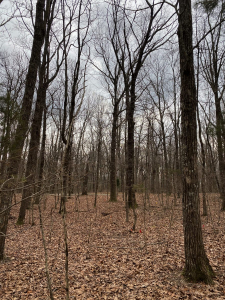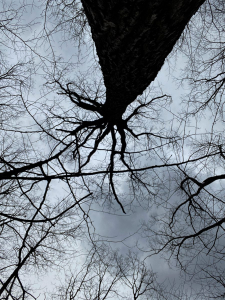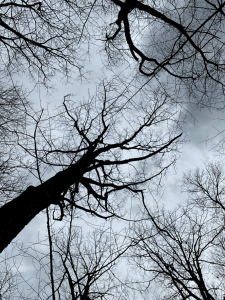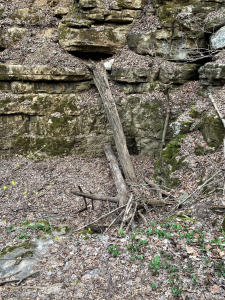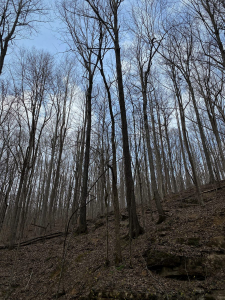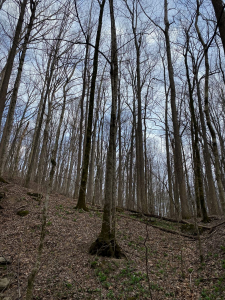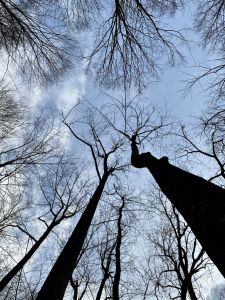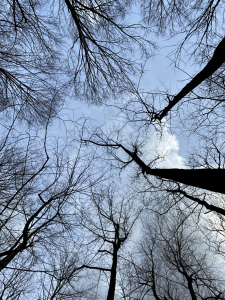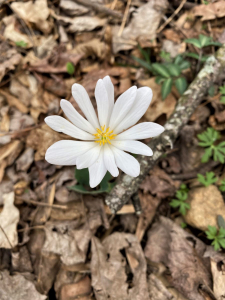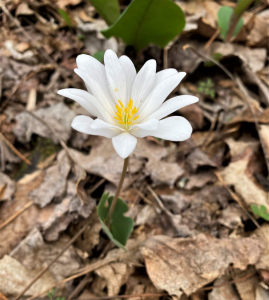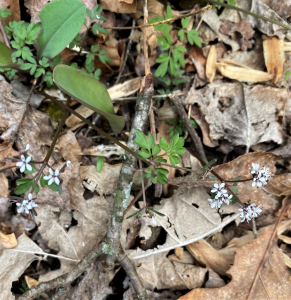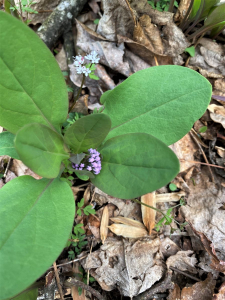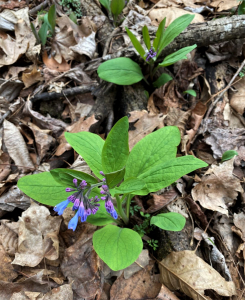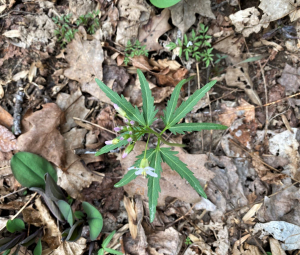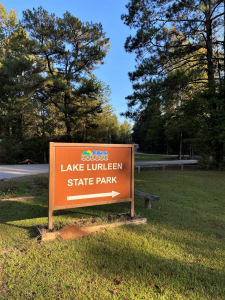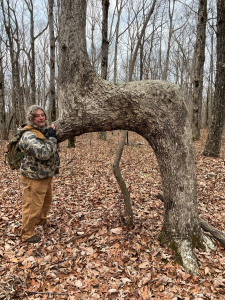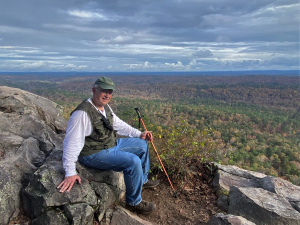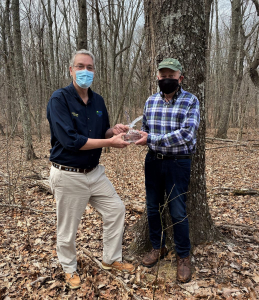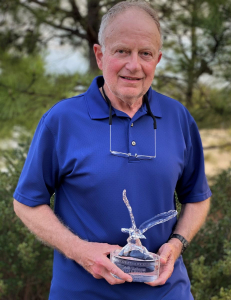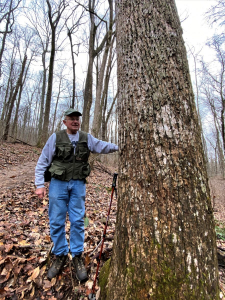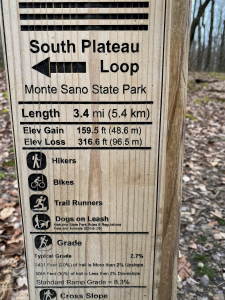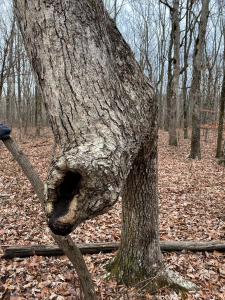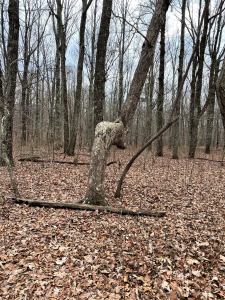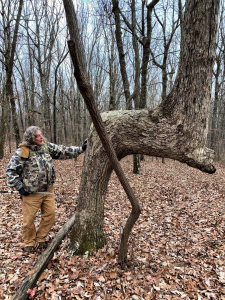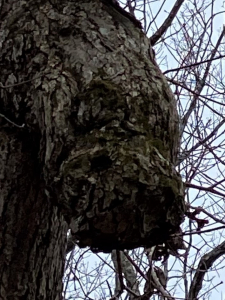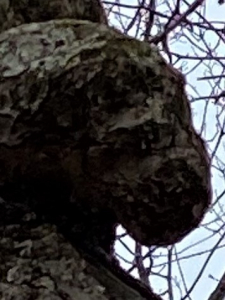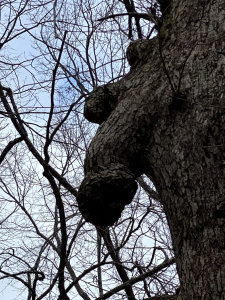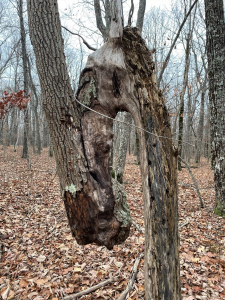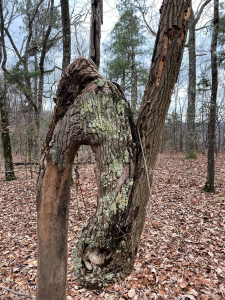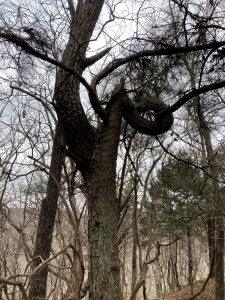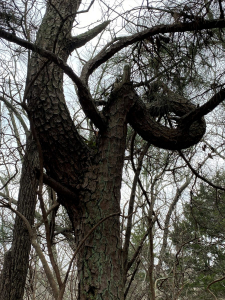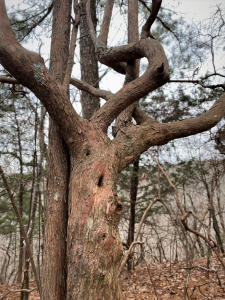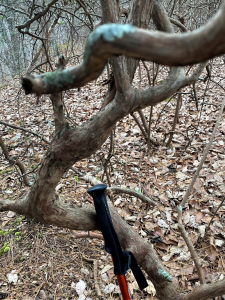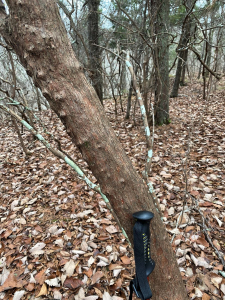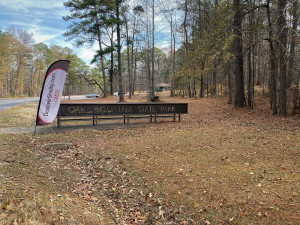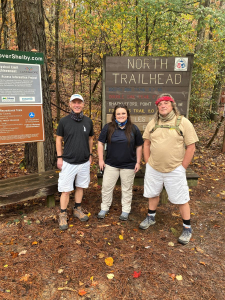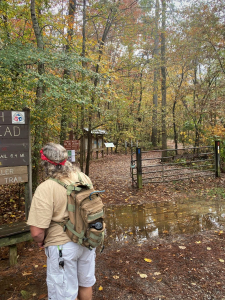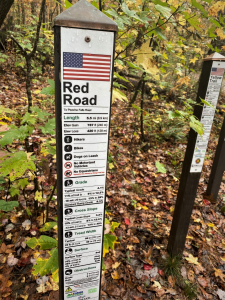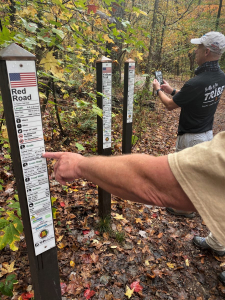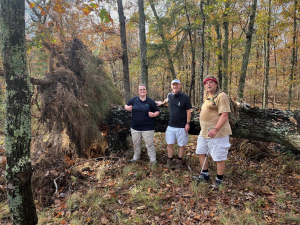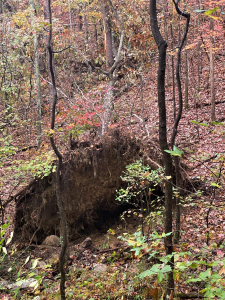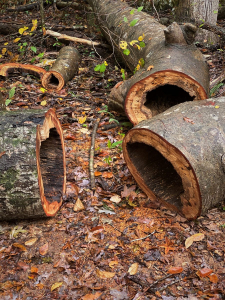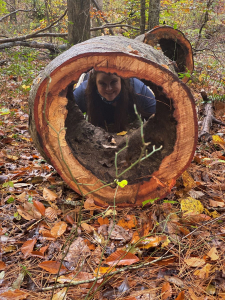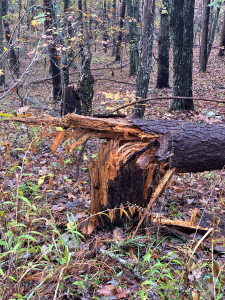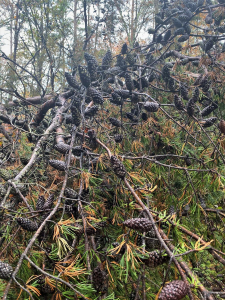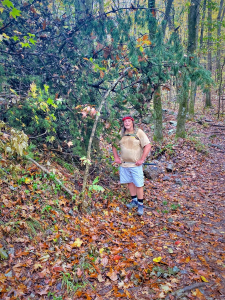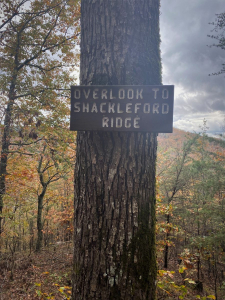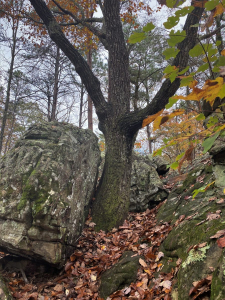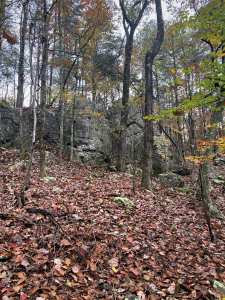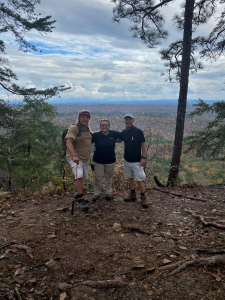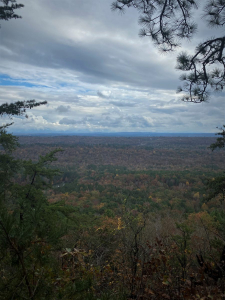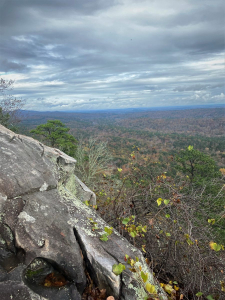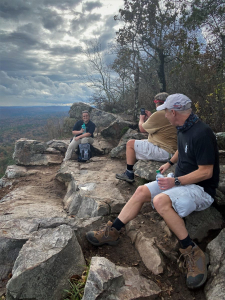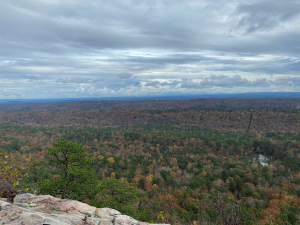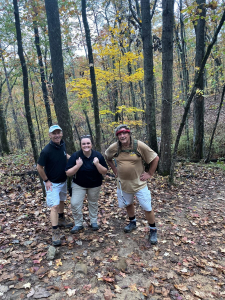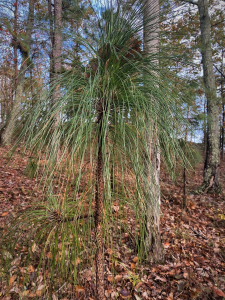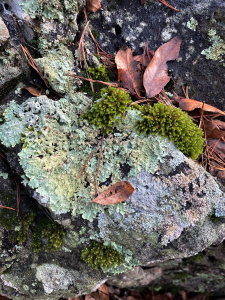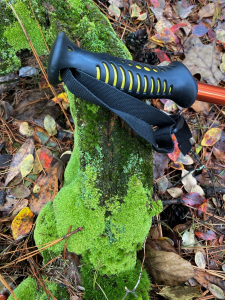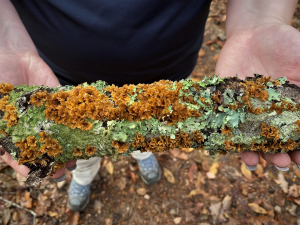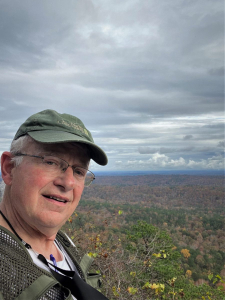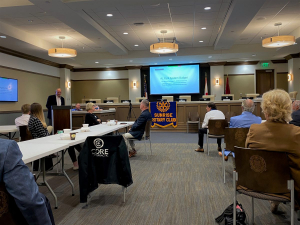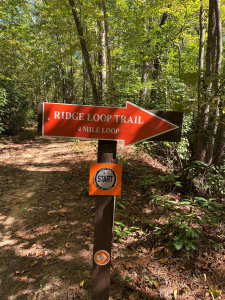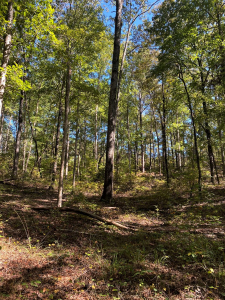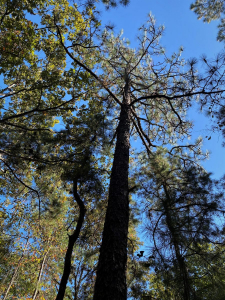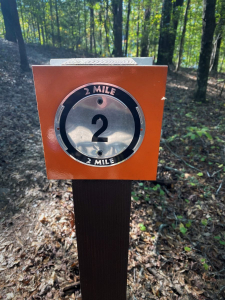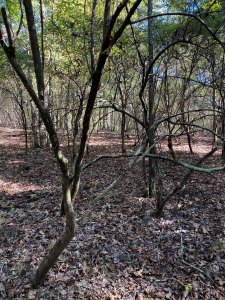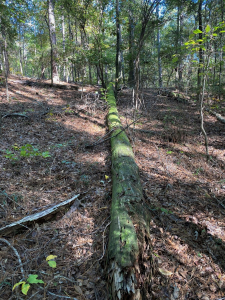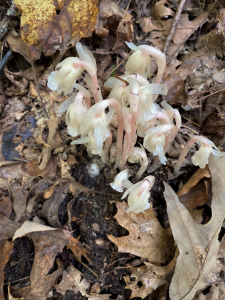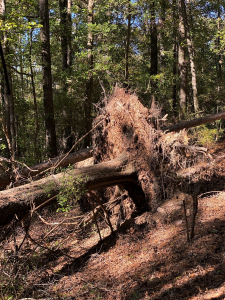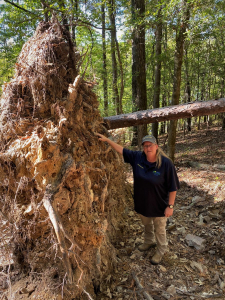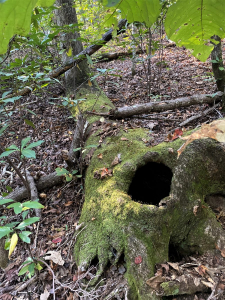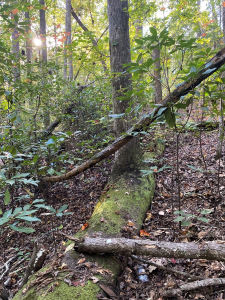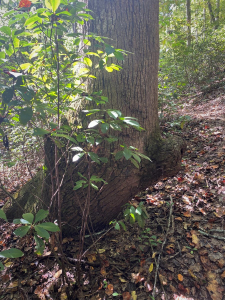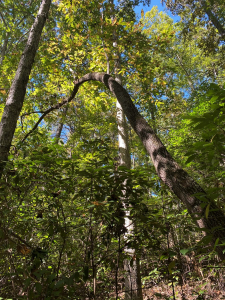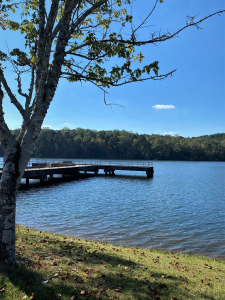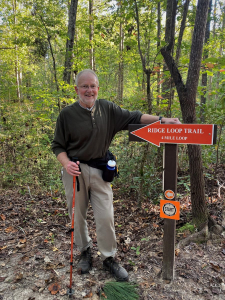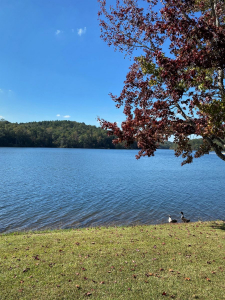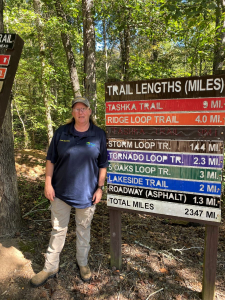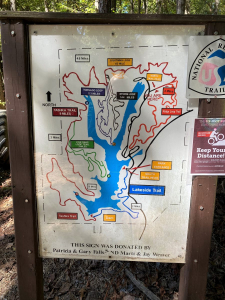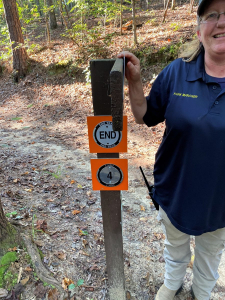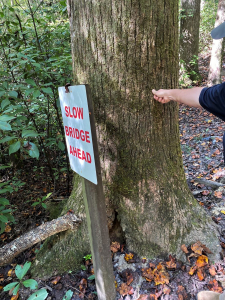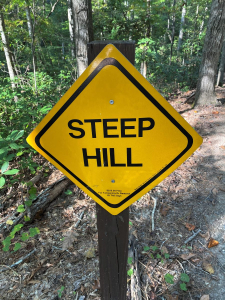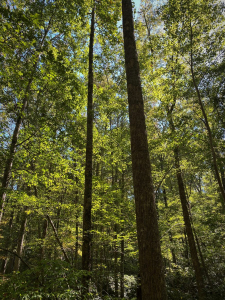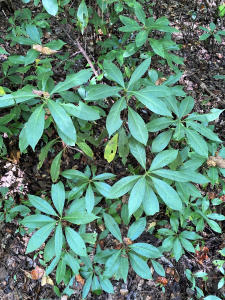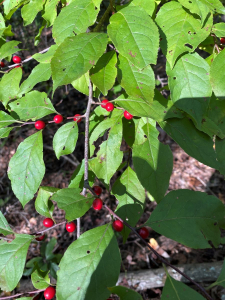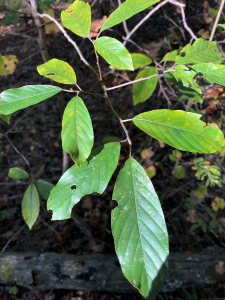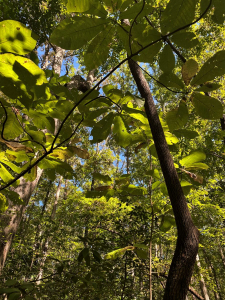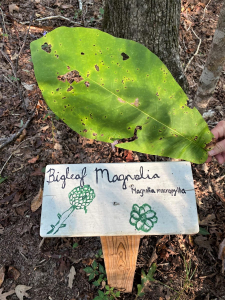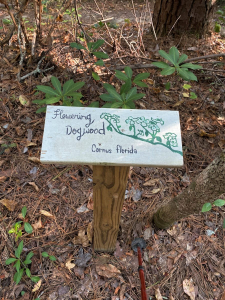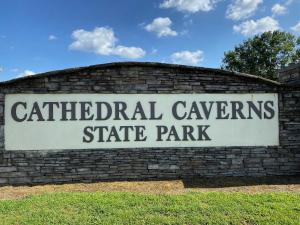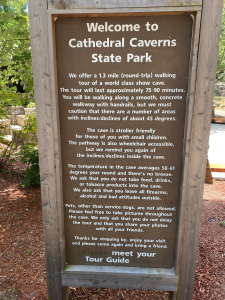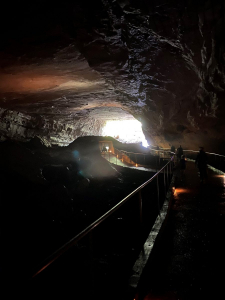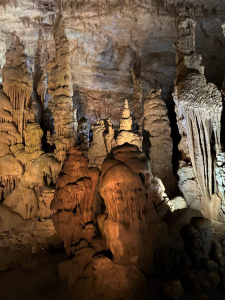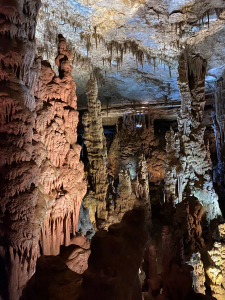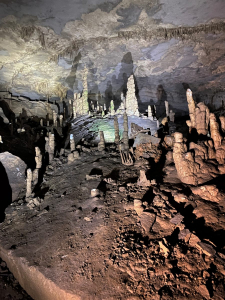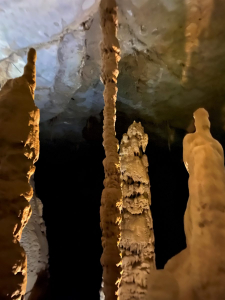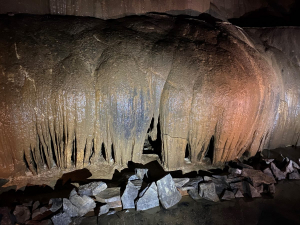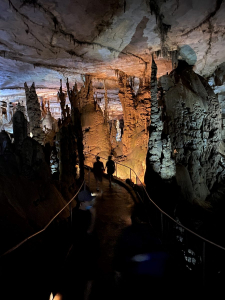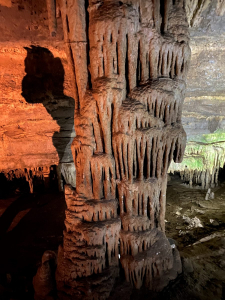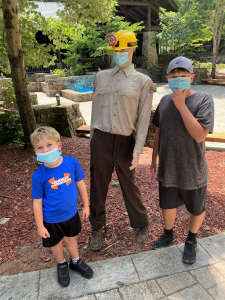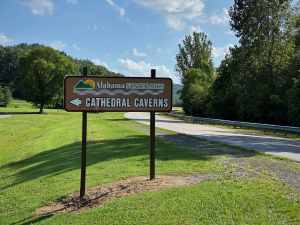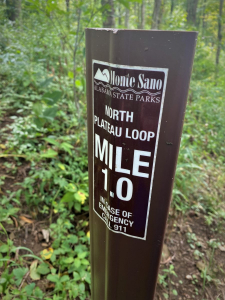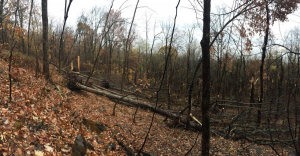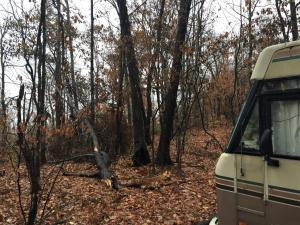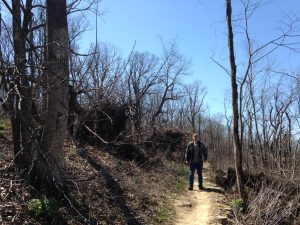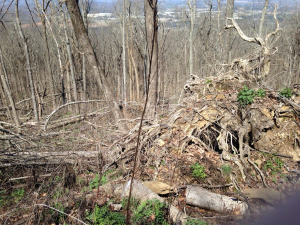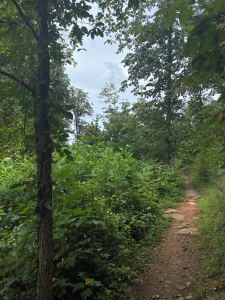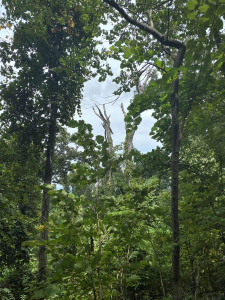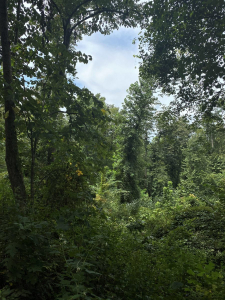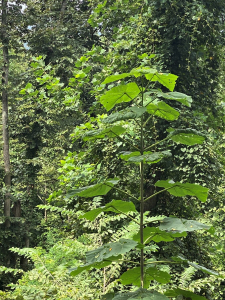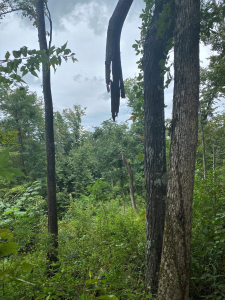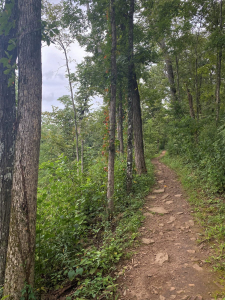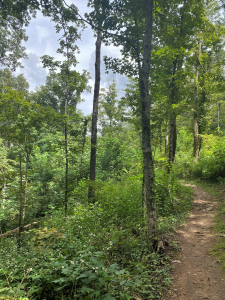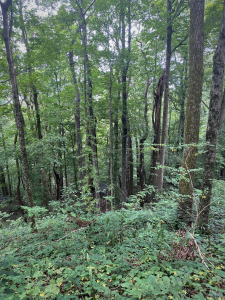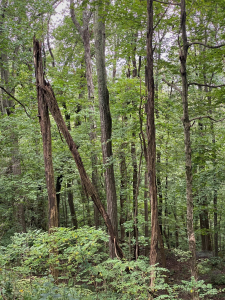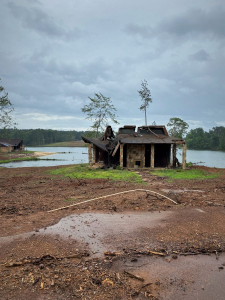December 15, 2020, I hiked several trails at Monte Sano State Park with two naturalist friends, Mike Ezell and Jesse Akozbek. We sought whatever Nature might reveal to us as we trekked in the forest examining anything that caught our eye. We explored the remarkable cove forest along the Arthur Wells Memorial Trail (photo of trailhead below right from an early summer visit), one of my favorite haunts at the Park. Returning to the new Bikers Pavilion, we spent several hours circuiting the South Plateau and Fire Tower Trails, enjoying the flat and smooth surface. Reviewing my recollections and photographs, I partitioned our findings into two categories: tree form oddities and curiosities we encountered, each one with a compelling story; fungi and non-flowering plants that caught our attention. I issued the Post on oddities and curiosities the first week of January: https://stevejonesgbh.com/2021/01/07/tree-form-curiosities-mid-december-2020-at-monte-sano-state-park/
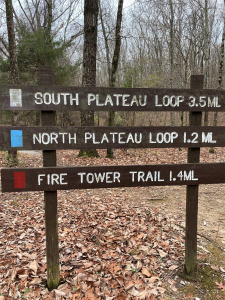
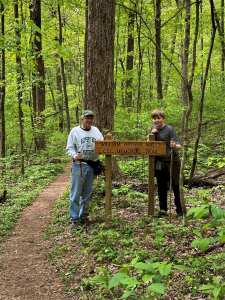
This subsequent Post offers reflections and photos of the array of fungi and non-flowering plants that brightened the otherwise drab winter forest. Wikipedia offered the most descriptive and apt definition of drab:
Drab is a dull, light-brown color. It originally took its name from a fabric of the same color made of undyed, homespun wool. The word was first used in English in the mid-16th century. It probably originated from the Old French word drap, which meant cloth.
Allow me a point of clarification and emphases. After our long growing season of green and hot days, I love the drab dormant season cool weather and ecosystems at relative rest and tranquility.
Regardless of my own feelings about seasonal fluxes, our subject organisms are anything but drab!
Fungi Kingdom
Cracked cap polypore (Phellinus robiniae) is a woody bracket fungus that is most easily identified by its habitat. This fungus grows almost exclusively on locust trees. In fact, the fungus is such a common pathogen of locusts that nearly every Black Locust tree has at least one bracket (FungusfactFriday.com). Throughout our northern Alabama forests, which commonly range from 70-100 years old and regenerated naturally from past disturbance, black locust (Robinia pseudo-acacia) is a common component. A pioneer species that exploits forest disturbance and effectively colonizes abandoned farm and pasture, the species is relatively short-lived, dropping from our forests, yielding crown space to more persistent species like oak, hickories, sweetgum, and poplar. I see dead and dying main canopy black locust within most of the stands I hike. The bracket below still clung to the trunk of a locust that had not long ago fallen to the forest floor. Moss covers what had been its top surface, the rusty underside (spore-bearing) is visible in the third image. Immediately below are the side-view and topside perspectives.
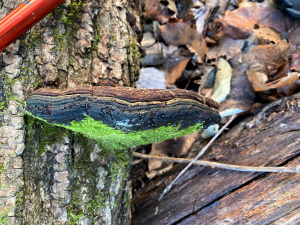
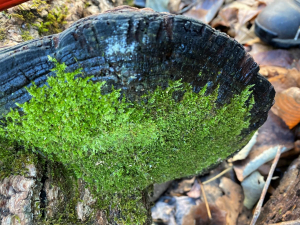
The species is both parasitic and saprobic. One might wonder whether the pathogenic infection kills a healthy and robust live tree, or does it infect an aging, weakened locust that is nearing the end of its life. I suspect the latter. The scientific and historical records are rich with reference to this American species. I urge you to explore at your leisure online. Some tantalizing examples: black locust honey is indescribably delicious; its fence posts insurmountable; its nitrogen-fixing bacteria invaluable; wooden locust nails gave American naval ships superior strength in dealing with the British naval forces in the War of 1812!
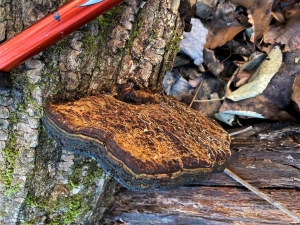
We found a single small patch of enoki mushroom (Flammulina velutipes) on a downed dead branch. This is an edible, yet one that is easily confused with deadly galerina (Galerina marginata), also native to our woodlands. The two are distinguishable, but not without careful study and considerable due diligence. So, if you see a mushroom resembling this photo, don’t harvest and consume unless you are 100 percent certain. The moniker “deadly” is a stern signal to make sure you know!
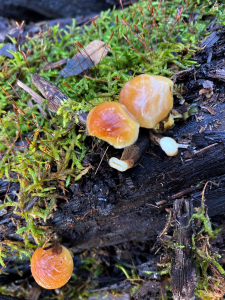
My iNaturalist struggled with identifying this wrap-around fungus. I simply refer to this coating as a mycelial mat. That is, I believe this is the vegetative structure of a fungus consuming the dead stem. Hence, it is not a mushroom (the fungal fruiting body); it is a fungus. I am once again evidencing my shallow position on the mycology learning curve.
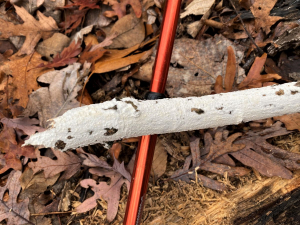
I am somewhat confident that this specimen below is crowded parchment (Stereum complicatum), yet another saprophyte consuming dead and down stemwood. MushroomExpert.com offers an effective description of this fungi’s ecology: Saprobic on the dead wood of hardwoods, especially oaks; growing densely gregariously, often from gaps in the bark; fusing together laterally; causing a white rot of the heartwood; often serving as a host to algae; sometimes parasitized by jelly fungi; spring, summer, fall, and winter; widely distributed in North America but apparently absent in the Rocky Mountains. The same source, based in Illinois and its review applicable here as well, states that Stereum c. is the most common, ubiquitous, ever-present, lost-all-its-luster fungus among us.
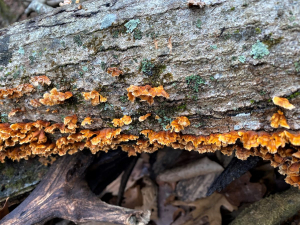
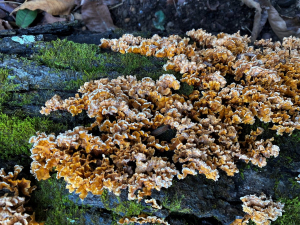
False turkey tail (Stereum ostrea) is another ubiquitous fungus. Wikipedia offered: called false turkey-tail and golden curtain crust, is a basidiomycete fungus in the genus Stereum. It is a plant pathogen and a wood decay fungus. The name ostrea, from the word ‘oyster’, describes its shape. This colony occupies all exposed surfaces of a 24-inch-plus-diameter, wind-thrown hickory that has now spent three summers prostrate. When I hiked this section of the trail mid-summer, a lush crop of summer oyster mushrooms (Pleurotus pulmonarius) occupied this log. The oysters had aged and withered beyond the point of harvesting for human consumption. So, both Stereum and Pleurotus are sharing the hickory feast. The oysters consume lignin, leaving the whitish cellulose behind. Thus, oysters are white rot fungi, as is Stereum. I suppose this multi-ton hickory offers plenty of wood to satisfy both fungi species. I ponder the hierarchy of life. The mighty hickory, some may conclude, is the higher order in this cycle, dominating the high canopy and, with the wind, thundering to the forest floor. Others may assume that the fungi, the more recent actor in the cycle, is preeminent owing to its function in restoring the tree to duff and organic debris. Still others who see the ultimate life members as the microorganisms decomposing the remaining tree constituents to nutrients available to plants, including the next generation of hickories. In my view, there is no hierarchy.
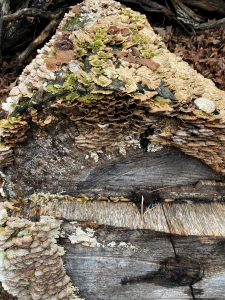
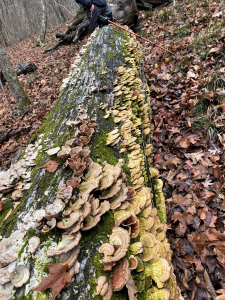
Sometimes monikers tell the tale and shape our impressions of a thing… or even of a person. As CEO of a small private university in Ohio, I envied another Jones heading a similar institution. Why the envy? Simple, his first name was Rock, Rock Jones. How could I not feel inferior when in the presence of Rock Jones? Perhaps it would have been my own seeming superiority had his first name been Tinker… Tinker Jones. Well, I immediately passed judgement when iNaturalist revealed the identity of this mushroom, the stinking orange oyster (Phyllotopsis nidulans). It certainly stood out in orange splendor from its drab surroundings!
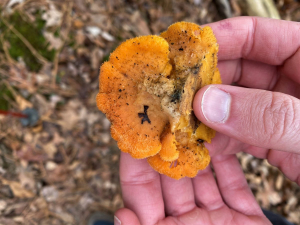
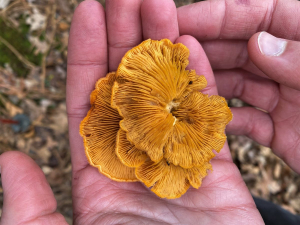
MushroomExpert.com offers these words: Saprobic on the deadwood of hardwoods and conifers–often those fairly recently dead, with bark still adnate; causing a white, stringy rot; growing gregariously or in overlapping clusters; fall and spring, or over winter in warm climates; widely distributed in North America. This beautiful but often stinky mushroom is orange from head to toe, and densely hairy on the cap surface. It grows in shelf-like clusters on the deadwood of hardwoods and conifers across North America. The foul odor of Phyllotopsis nidulans is sometimes lacking, but fresh collections usually manage to work up a pretty good stink. Imagine the degree to which we form a preconception of a thing or person if the introductory bio carries the words: the foul odor is sometimes lacking, but in time manages to work up a pretty good stink. Certainly not a descriptor suitable for a eulogy.

Sometimes the magic in our words matches the enchantment in our woods.
A jelly fungus, witches butter (Tremella mesenterica) offers a different persona from preceding wood decay fungi: Parasitic on the mycelium of species of Peniophora (a genus of crust fungi); growing alone or in amorphous clusters on the decaying sticks and logs of oaks and other hardwoods (usually when bark is still adnate); usually appearing in spring, in temperate areas, but also appearing in summer, fall, and winter; widely distributed in North America, but possibly less common in western North America. Oh, the complexity of life and its cycles. Here’s a mushroom that parasitizes a wood decay fungus! No living organism is inedible… by some other organism.
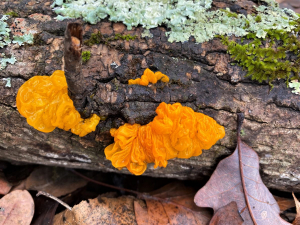
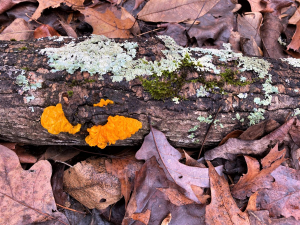
Another jelly fungus, amber jelly roll (Exidia recisa), resides on a dead hardwood sapling. The species is common across North America, almost always found on dead hardwood sticks and small branches on the ground or on small standing saplings like this one. The species is among the jellies considered edible by foragers, However, beware the cautions I have noted with other so-called edibles. Make sure… MAKE SURE!
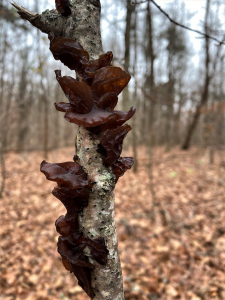
I fell flat in my attempts to identify this specimen. I referred to it simply as unknown even though it has a distinctive shape, a chambered disc-cylinder. Nearly two inches across, it clings tightly to the sawn end of an oak that had wind-blown across a trail. It reminds me of some kind of rock-clinging intertidal organism. I searched fruitlessly in hard copy and online reference sources. I eventually posted the photo on the Mushroom Identification Facebook Group, generating a positive I.D. as Hypomyces tremellicola, a saprobic fungi. However, I am unable to find an online description of its range and ecology.
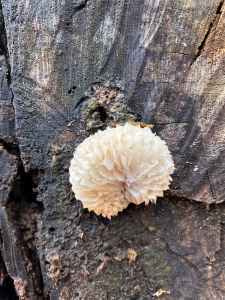
I think that I shall never see… a poem so lovely as a fungeeee. Okay, a slight twist to Joyce Kilmer’s classic. Fungi, worthy of time and attention year-round, are especially noteworthy during our blessed cool season of dormant forest drabness.
Non-Flowering Plants
Nothing dull or drabby about these trees, proudly wearing their trunk-carpet of American tree moss (Climacium sp.). These two trunk shots are along the sloping side of a large sinkhole along the Sinks Trail. The sinkhole is somewhat active, with slow side slope slippage away from the base. I’ve often seen such exposed roots of streamside trees where bank erosion is active. The sink micro-climate is moist, encouraging this dense lower stem moss.
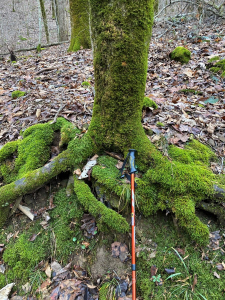

The same for this stem. Nature really does abhor a vacuum. Plants (and moss is a plant, albeit non-flowering) require nutrients, moisture, anchorage, and light. Bark continuously sheds from the outside; the moss feeds on the sloughing and decaying outer bark. Additional nutrients transfer with stem flow as rain falls on the crown and is shuttled down the stem. Moisture comes from stem flow, dewy mornings, humid days and nights, and the relatively still, protected micro-climate of the sink hollow and cove forest. Anchorage is easy — the coarse bark offers a foothold for the moss. And moss doesn’t require full sunlight; in fact, it abhors the heat and dryness of direct sunlight.
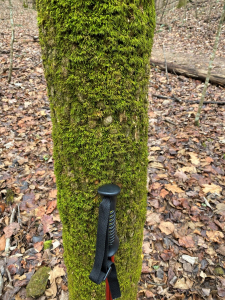
Cushion moss (Leucobryum glaucum) is common on the forest floor across northern Alabama. Reminds me of the moss carpet in Miss Suzy Squirrel, a book I read forty years ago to our kids. I love the look, feel, and comfort of our native forests, accented here and there by cushion moss..
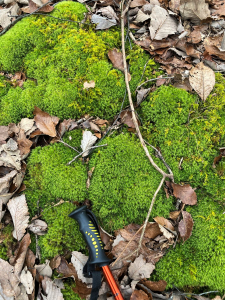
This is the second time you’ve seen this photo. Above I highlighted the crowded parchment mushroom. With this one I draw your attention to the tree moss matrix. I view it as an ecosystem community. Toss in the false turkey tail mushroom for some additional variety. This is a work of art that I just happened to capture with my shutter. Imagine the emptiness of walking in the woods and missing this beauty trailside at your feet.
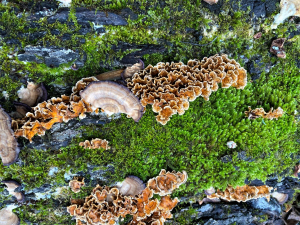
Likewise, you’ve seen this image previously. This time I direct your attention to the mossy top hat on this cracked cap polypore. Another piece of Nature’s artwork!

And here’s the moss-bedecked rock ledge at the large sink I mentioned earlier. I want to return this coming spring. I am certain that spring ephemeral flowers will be flourishing in such a moisture- and nutrient-rich site. Nature is pure magic in multiple dimensions across the seasons.
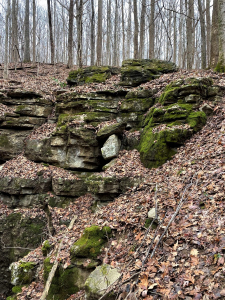
Enter our forests believing (knowing) that there is magic within. Look deeply enough to discover what lies hidden in plain sight. Look deliberately to actually see what awaits your discovery. And see at a depth of realization and understanding to generate feelings… in your mind, body, heart, soul, and spirit. And finally, translate those feelings to action… informed and responsible Earth stewardship. I embrace those five verbs with respect to all that I do in Nature: believe, look, see, feel, and act.
Alabama State Parks Foundation
I’ll remind you that I serve on the Alabama State Parks Foundation Board, in part because of my love of Nature and in recognition for my writing many prior Posts about visiting and experiencing the Parks. I urge you to take a look at the Foundation website and consider ways you might help steward these magical places: https://asparksfoundation.org/ Perhaps you might think about supporting the Parks System education and interpretation imperative: https://asparksfoundation.org/give-today#a444d6c6-371b-47a2-97da-dd15a5b9da76
The Foundation exists for the sole purpose of providing incremental operating and capital support for enhancing our State parks… and your enjoyment of them.
Thoughts and Reflections
Any walk in Nature provides lessons for life and living when you employ my five core verbs:
- Believe
- Look
- See
- Feel
- Act
Inhale and absorb Nature’s elixir. May Nature Inspire, Inform, and Reward you!
Note: All blog post images created & photographed by Stephen B. Jones unless otherwise noted. Please circulate images with photo credit: “©2021 Steve Jones, Great Blue Heron LLC. All Rights Reserved.”
Another Note: If you came to this post via a Facebook posting or by an another route, please sign up now (no cost… no obligation) to receive my Blog Post email alerts: http://eepurl.com/cKLJdL
And a Third: I am available for Nature-Inspired Speaking, Writing, and Consulting — contact me at steve.jones.0524@gmail.com
Reminder of my Personal and Professional Purpose, Passion, and Cause
If only more of us viewed our precious environment through the filters I employ. If only my mission and vision could be multiplied untold orders of magnitude:
Mission: Employ writing and speaking to educate, inspire, and enable readers and listeners to understand, appreciate, and enjoy Nature… and accept and practice Earth Stewardship.
Vision:
- People of all ages will pay greater attention to and engage more regularly with Nature… and will accept and practice informed and responsible Earth Stewardship.
- They will see their relationship to our natural world with new eyes… and will understand more clearly their Earth home.
Tagline/Motto: Steve (Great Blue Heron) encourages and seeks a better tomorrow through Nature-Inspired Living!
Steve’s Three Books
I wrote my books Nature Based Leadership (2016), Nature-Inspired Learning and Leading (2017), and Weaned Seals and Snowy Summits: Stories of Passion for Place and Everyday Nature (2019; co-authored with Dr. Jennifer Wilhoit) to encourage all citizens to recognize and appreciate that every lesson for living, learning, serving, and leading is either written indelibly in or is powerfully inspired by Nature.
I began writing books and Posts for several reasons:
- I love hiking and exploring in Nature
- I see images I want to (and do) capture with my trusty iPhone camera
- I enjoy explaining those images — an educator at heart
- I don’t play golf!
- I actually do love writing — it’s the hobby I never needed when my career consumed me
- Judy suggested my writing is in large measure my legacy to our two kids, our five grand kids, and all the unborn generations beyond
- And finally, perhaps my books and Blogs could reach beyond family and touch a few other lives… sow some seeds for the future


All three of my books (Nature Based Leadership; Nature-Inspired Learning and Leading; Weaned Seals and Snowy Summits) present compilations of personal experiences expressing my (and co-author Dr. Wilhoit for Weaned Seals and Snowy Summits) deep passion for Nature. All three books offer observations and reflections on my relationship to the natural world… and the broader implications for society. Order any and all from your local indie bookstore, or find them on IndieBound or other online sources such as Amazon and LifeRich.

